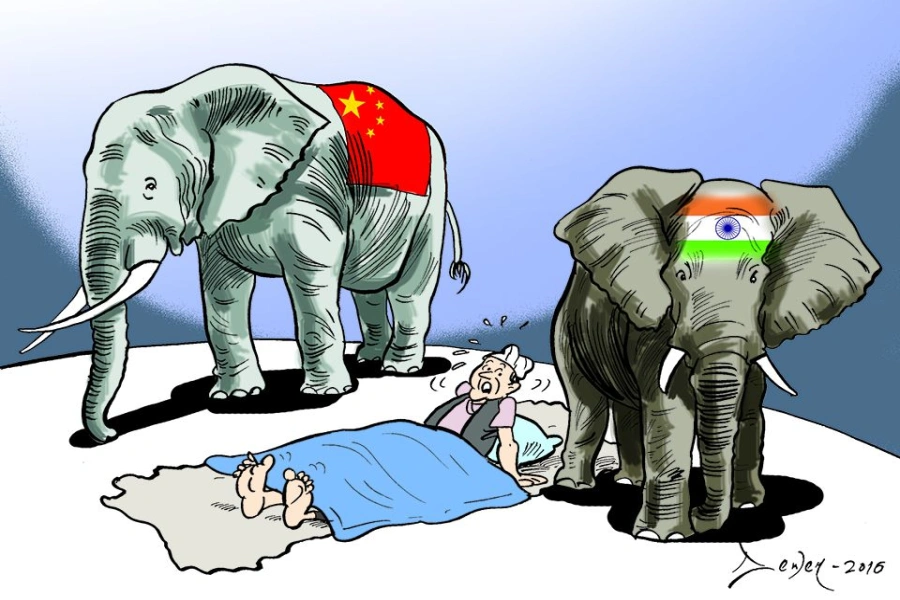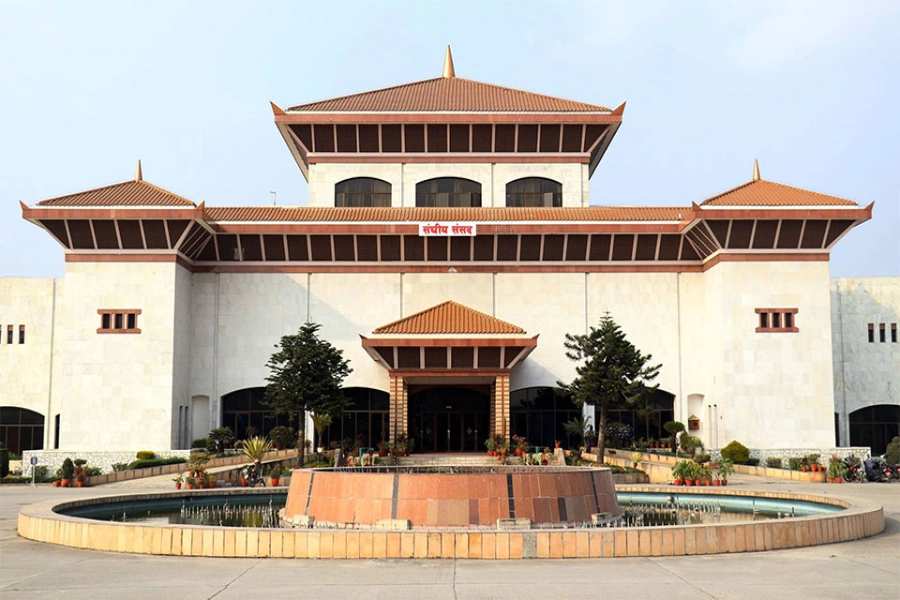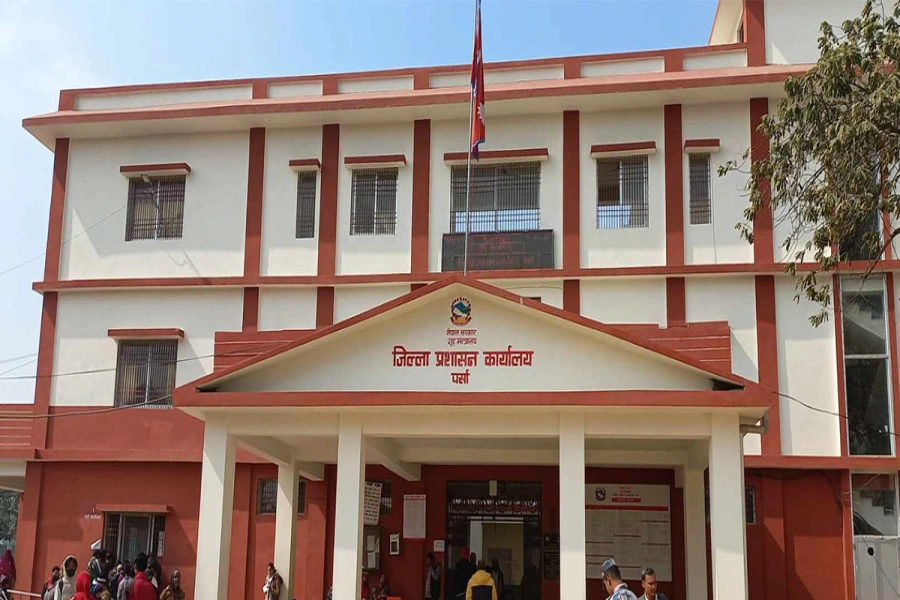There are approximately 1,150 four-wheeler Electric Vehicles (EVs), 4,700 electric bikes and 31,000 e-rickshaws in Nepal. Considering 1,150 four wheelers consumes 20 million rupees worth of electricity per year, and saves the fuel import of worth 100 million rupees per year. Further, operation of 1,150 four-wheelers saves 2,400 tons of CO2 emissions.
The demand for electric vehicles have increased across the country. Moreover, with private owners showing a keen interest in EV adoption, the electric car market is poised for expeditious growth. As such, it is imperative for the government to officially support the interest of the people through the adoption of favorable policies to propel the growth of EVs in Nepal. The adoption of electric vehicles presents a watershed opportunity for the deployment of sustainable transportation.
The budget for the year 2020/21, however, will decelerate the rate of EV adoption. We understand why the Finance Ministry is concerned over “depleting foreign reserve,” and “deficit in balance of payment.” Along with that, we welcome the Ministry’s good faith toward electric mobility in the public segment. Yet there are numerous countervailing factors that come with EV adoption. Here are some reasons as to why revisions in the excise and customs duties presented in the new budget should be made.
There seems to be misinterpretation regarding the number of mid-range electric vehicles and low range electric vehicles as opposed to luxury vehicles. The average cost (or value) of more than 90% of the imported four wheeler EVs is less than $35,000 per four wheeler. More companies are producing and eager to invest in EVs and to enable more Right-Hand Drive (RHD) in entry-level and mid-level variants to dominate the market. So we can expect more of these in the Nepali market.
Another misinformation is about the battery life and battery cost of an electric vehicle. In recent years, battery costs for electric vehicles have fallen from $900 per kilowatt-hour (kWh) to $200 per kWh. Many battery experts insist the costs will continue to drop due to economies of scale, learning by doing, and expanded research and development. Further, the EV battery life of 20 years is expected to prolong due to continuous technological innovation. Therefore, comparing the longevity of electric vehicles and the overall benefits throughout their lifespan with similar parameters of gasoline vehicles, the Finance Minister’s concern over the high initial cost of EVs doesn’t match the opportunity for savings it presents. While innovation in electric vehicles will continue to skyrocket, innovation in non-electric vehicles will remain stagnant. And if Nepal is not able to adopt EVs now, it will become an easy dumping ground later on, as many manufacturer’s home countries have started to adopt Euro VI standard. There are also affordable electric vehicles, which can be made available without compromising on the core technology.
Nepal signs double taxation avoidance pact with Bangladesh

At this stage, public segments (for which tax hasn’t been increased) and passenger (for which taxation has significantly increased), are deeply interconnected and complementary because of the required infrastructure and technological prerequisites. The essence of EVs must be understood as the solution rather than product, and electric mobility should be promoted in line with its overall ecosystem which includes public vehicles, passenger cars, commercial vehicles and chargers as well. Promotion of electric public vehicles is accelerated by adoption of electric mobility in passenger cars.
The production of hydropower energy and the adoption of EVs among the passengers as well as public segments can send a positive message to international donors and the tourism industry as well.
The revised taxation demonstrates a major policy departure from the government which sets a dangerous precedent not only in the eyes of investors but also the general public. It is neither practical nor reasonable to impose such a drastic hike from the perspective of importers, banks as well end users. We believe that with a stable government should come stable policy for economic development, credibility and the fostering of trust in the system.
To build a sustainable and desirable economy, we should agree that innovations are expensive first and it needs to be tested by those who can afford them, and only then confidence and economies of scale are achieved, which helps make it affordable for everyone.
Nepal has been widely praised for spearheading the movement toward proposing and adopting favorable electric vehicle policies and is considered a trailblazer in South Asia. We believe that our policies should move forward, not backward. Moreover, we are also exploring collaboration and partnerships in this arena with China, which has been leading advances in electric vehicles.
We support the government’s incentives and good faith, and would like to suggest some alternative recommended policy changes: The government could place an embargo on a certain price level to ensure that entry-level and mid-range vehicles are able to enter the market whereas high-end luxury vehicles can be taxed more or prevented from entering the market.
Reconsider the current taxation policy of this fiscal year and continue the previous year’s taxation policy for the time being – and once there is a stable market for EVs, it may be a practical strategy for the government to gradually increase taxes as the price of EV batteries decline in order to automatically balance the high initial costs that the government may be facing currently.
Since this is a new technology, the government can mandate updated quality control standardization, safety standards and certifications, such as battery certificates, when importing electric vehicles so that once imported, the technology can remain sustainable and long-lasting.
In order to stop the import of high-end luxury electric vehicles, the government can place regulations to limit the import of vehicles through authorized manufacturers and distributors only. If such a policy is introduced, the issue of limiting high-end EV imports can be solved. Therefore, further continuation of the previous year’s regulation mandating manufacturer-authorized distribution of EV would itself keep luxury, high-end vehicle imports in check.
Continuation of favorable electric vehicle policies means Nepal can use this to portray its image in the global arena as its commitment to fight climate change, aggressive adoption of new technologies and an opportunity to localize new sustainable technologies like EVs. This may help to boost the tourism industry and credibility with international donors and investors.
If Nepal is able to demonstrate flexibility in the adoption of electric vehicles, within one or two years of time, this new technology can be localized and will give Nepal first-mover advantage. Within that time, Nepal can nourish this innovative technology to develop its capacity for assembling, manufacturing and producing, which in itself is an undeniable advantage.
Shrestha is the CEO of Cimex Inc Pvt Ltd., the authorized distributor of BYD in Nepal.



































